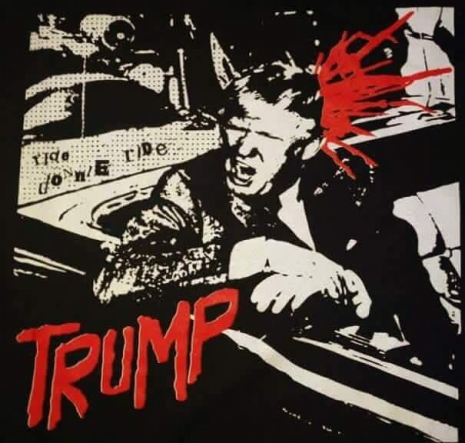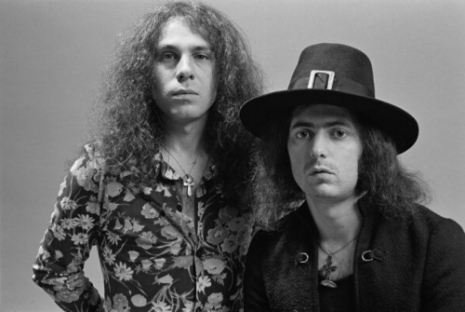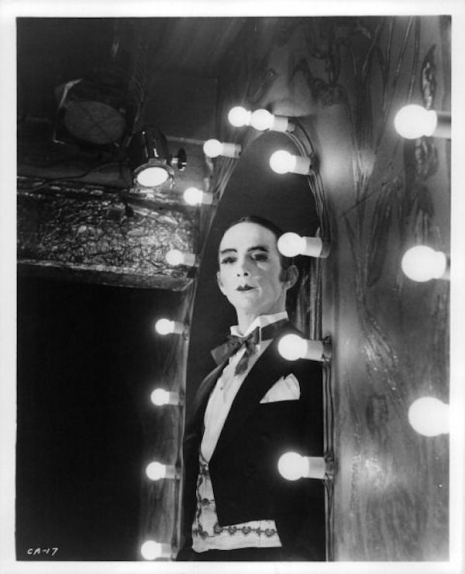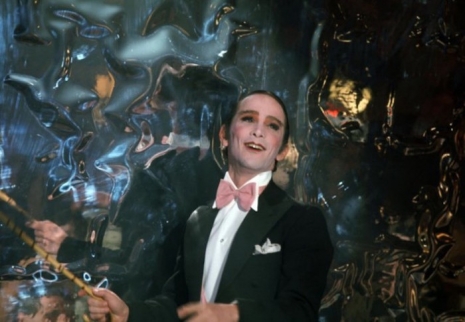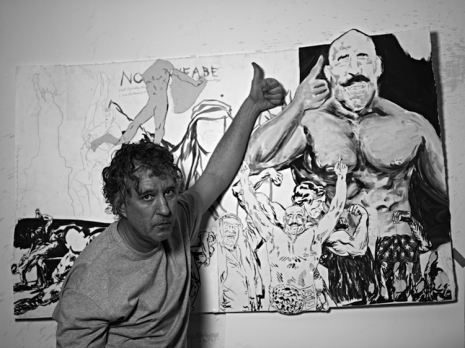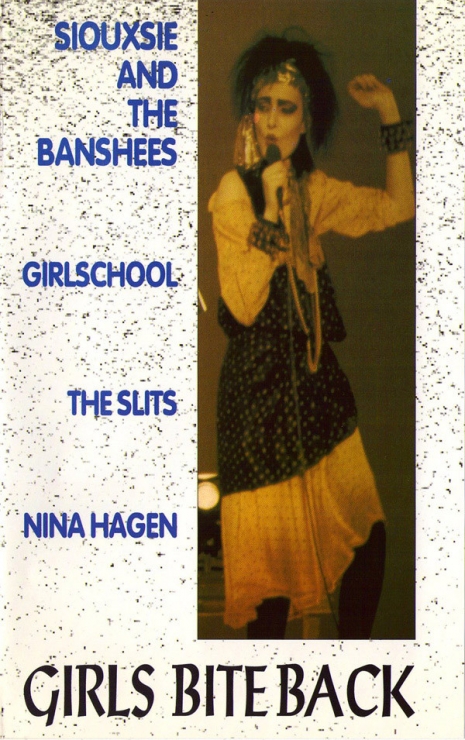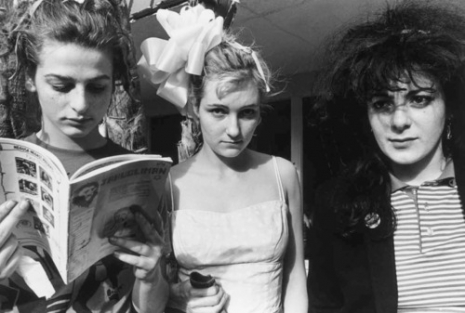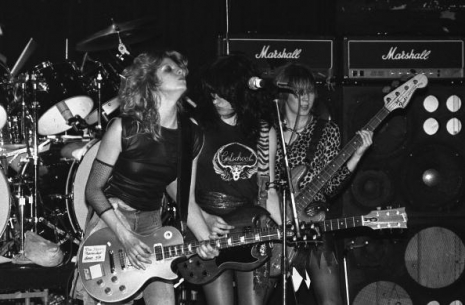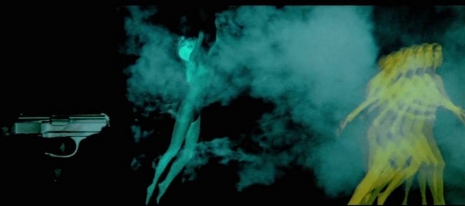
Unless you happened to vacation at Walt Disney World Florida in the ‘80s and ‘90s, you might not be familiar with Horizons, a dark ride attraction at EPCOT widely thought of as the greatest vision of “future living” ever created. The two-story, spaceship-shaped pavilion located on the east side of the park’s “Future World” housed a remarkable 54 Audio-Animatronic figures, 770 props, 12 projectors, and a pair of massive OMNIMAX screens (groundbreaking technology at the time) spread across 24 sets set in the year 2086. Upon its opening in October of 1983, Horizons showcased man’s relationship to the sea, land, air, and space through a beautiful series of stunning futuristic vignettes. In a 1989 interview, Michael Jackson cited Horizons as his personal favorite Disney attraction (alongside Pirates of the Caribbean and Space Mountain). Many still consider Horizons to be the greatest Disney theme park attraction, ever.

However, when the 1990s rolled around the ride had significantly lost its popularity with the general public. With tastes rapidly changing and short attention spans increasing, many park guests no longer had the patience to sit still for 15 minutes, and priorities began shifting towards more “thrill-based” rides such as Test Track and Mission: SPACE. In December of 1994, Horizons closed its doors indefinitely without any formal notice or announcement. Serious Disney park goers were devastated by the sudden news and regretful they weren’t given the chance to say a proper goodbye or ride one last time.

“Hoot” (left) and “Chief” (right) in the Art Deco Apartment scene at Horizons. Photo courtesy of the Mesa Verde Times.
Let’s fast forward exactly one year later to December 1995, as two best friends in their late twenties were working mind-numbing desk jobs and living in a shitty downtown Orlando apartment. Dave Ensign (aka “Hoot Gibson”) and Ed Barlow Jr. (aka “Thunder Chief”) had been insanely huge Horizons fans ever since it opened when they were 15 years old. They were thrilled when the announcement came in: Horizons was to be re-opened for a limited time due to the closure of two other attractions that were down for refurbishment in Future World (Universe of Energy and World of Motion). That’s when this story really begins: Hoot and Chief set out to document the ride and get as much photo, video, and audio coverage as they could before it closed again. Not knowing exactly how much time they had to get it done, not knowing how it would be done, just knowing that it had to be done.
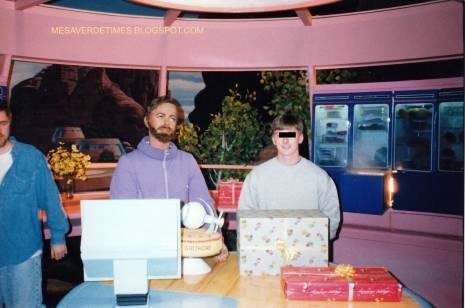
Audio-Animatronic figure with Bionic Fonzi in the Desert Habitat Kitchen scene. Photo courtesy of the Mesa Verde Times.
Their next several workdays in the office following the announcement involved making an extensive checklist as they broke down all 24 scenes in the ride and itemized a list of props, hand-painted backdrops, and set pieces. They wanted to document every detail in the ride at all costs. Over the following weeks and months, they equipped themselves with mag lights, still cameras, and huge JVC VHS and Super 8 camcorders. They quickly realized that properly documenting everything on their checklist the way they wanted to would require exiting the “OMNIMOVER” ride vehicle while it was in motion. How would they be able to pull this off without getting caught, and just how extensive was the security on Disney park rides?
In a pre-9/11 Walt Disney World, security measures were basically implemented only when the park noticed significant and repeated incidents of park guests climbing out of their ride vehicles. Only then would they apply whatever security measures were necessary for that particular attraction: Universe of Energy was monitored on closed circuit television; The Living Seas and Haunted Mansion had intrusion mats (a security system that completely shuts down the ride when stepped on by someone who had exited their vehicle); and Spaceship Earth eventually got infrared sensors. To their good fortune, Horizons was perhaps the only Disney attraction ever built without any security whatsoever.
Hoot and Chief started Phase I of their operation with a very basic strategy for exiting their OMNIMOVER ride vehicle: “Jump out, get shots, jump back in.” However, after this went on for a while they wanted to spend more time on the sets, so they began testing different strategies using trial and error to get a larger gap of empty ride cars. Chief would hang out right near the loading area and watch people board the ride using the mirrors in the entry hallway, and Hoot would stay at the front entrance where people entered the building. Chief would count the ride vehicles; there always had to be at least six empty vehicles ahead of them and six empty vehicles behind for them to remain unseen. Upon boarding the ride and rounding the corner they’d jump out and run like the wind to get as far ahead as possible. By keeping count of the car numbers they had a precise idea of how much time they could spend in each individual scene, sometimes 30 seconds, sometimes a minute or two.

Chief jumps back into his OMNIMOVER vehicle. Courtesy of the Mesa Verde Times YouTube channel.

Chief hangin’ out in the Undersea Classroom scene. Photo courtesy of the Mesa Verde Times.
Over the course of the next several months Hoot and Chief had mastered their technique, meeting at EPCOT in the evening after a long day of work at the office. They got very good at knowing how much time they could spend in each scene simply by doing it over and over. But soon this became boring and repetitive; they wanted to explore the ride more, and make it to some of the areas they weren’t able to get to. This began Phase II of their efforts, exiting their ride vehicles and staying inside Horizons while it was operational, sometimes for as long as 4-8 hours at a time!
More of the adventures of Hoot and Chief at Horizons, after the jump…

